
如何练成一名高水平的同传?这则5分钟的小视频告诉你
在前不久十九大期间,各大同传男神、同传女神再度出山,为学习语言的小伙伴们带来了一场视听盛宴。他们流利精准的翻译、从容大方的气场让无数小伙伴为之倾倒。
听说把大象关到冰箱里需要三步,那么,练就高水平的会议同传需要几步呢?下面,就让我们一起来看一看,同声传译员们是如何在两种语言中往来穿梭的。
从视频开头便可得知,若是重大场合的同传出现失误,导致国家领导人传达的信息被曲解,造成的影响可是世界级的,小则不利于两国关系,大则动摇了世界和平。
译员的重要性由此可见一斑。

现如今,随着全球化的不断发展,各种跨语言、跨文化的交流日益复杂,但像上面这样的爆炸性误解发生的频率却大大减小,除了科技进步这一因素外,在很大程度上这也要归功于我们的同声传译员。

首先,我们先来看一看同声传译的原理是怎样的:
In a simultaneous mode, interpreters instantaneously translate a speaker's words into a microphone while he speaks without pauses. Those in the audience can choose the language in which they want to follow.
在同声传译的过程中,译员在不打断发言者讲话的前提下,不间断地对着话筒进行翻译。观众席的人们可以自主选择听到的语言。
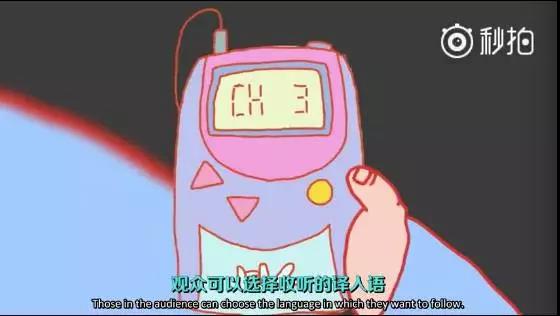
On the surface, it all looks seamless, but behind the scenes, human interpreters work incessantly to make sure every idea gets across as intended.
表面上看来,一切都衔接得天衣无缝。而在幕后,译员们口笔不停,以保证所有信息都传达到位。
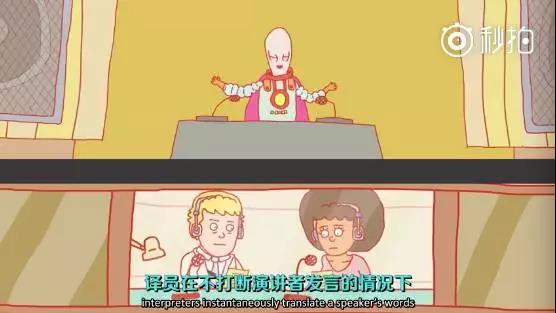
如此看来,同声传译员的确是份十分辛苦的工作,要同时做到手快、嘴快、脑子快,这不止是对译员专业素质的考验,也是对译员身体素质的考验。

那么,练成大会口译员,到底需要几步,又有哪些必备的素质呢?
It takes about two years of training for already fluent bilingual professionals to expand their vocabulary and master the skills necessary to become a conference interpreter.
即便是双语运用自如的专业人士,也需要花上两年时间来扩大词汇量、掌握必要技能,以成为一名大会口译员。

在这两年中,译员的训练通常会分为以下几个阶段:
Phase 1
To get used to the unnatural task of speaking while they listen, students shadow speakers and repeat their every work exactly as heard in the same language.
为了习惯这种听、说同步的非常任务,学生通常会先进行跟读,将发言者的话以同一种语言一字不差地重复出来。
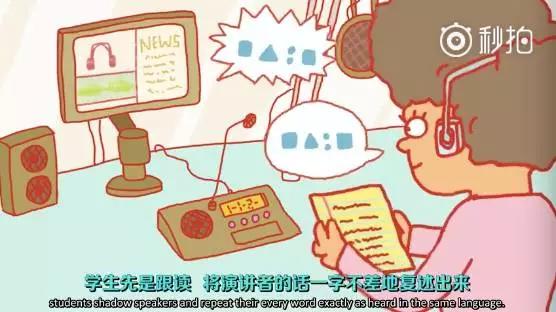
Phase 2
In time, they begin to paraphrase what is said, making stylistic adjustments as they go.
一段时间后,他们开始转述发言者的说话内容,并做出一些文体上的调整。

Phase 3
At some point, a second language is introduced. Practicing in this way creates new neural pathways in the interpreter's brain, and the constant effort of reformulation gradually becomes second nature.
到某一个时间点,再引入第二种语言。如此练习会让译员大脑内行程新的神经通路,也会使得语言重组逐渐成为第二天性。

经历了如上几个阶段的魔鬼训练,这时的译员已经拥有了过硬的翻译功底。
当然,单是翻译功底过硬也是远远不够的,要做一名出色的译员,除了掌握大量的翻译技巧,还要练出一颗强心脏,一种临危不乱、兵来将挡水来土掩的从容心态。
Over time and through much hard work, the interpreter masters a vast array of tricks to keep up with speed, deal with challenging terminology and handle a multitude of foreign accents.
经过一段时间的刻苦训练,译员们会掌握一系列技巧,如怎样跟上发言者的语速、处理棘手的术语、应对各色口音等。
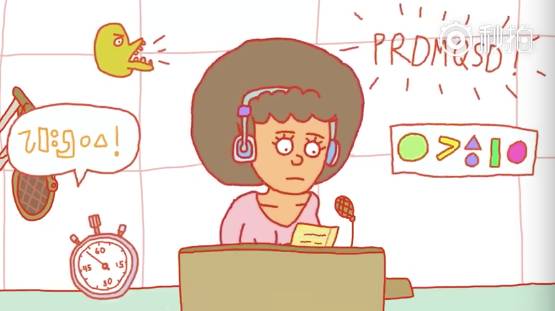
They may resort to acronyms to shorten long names, choose generic terms over specific, or refer to slides and other visual aids.
他们会利用缩写来简化过长的词,用较为宽泛的词而非具体词,还会利用幻灯片等视觉辅助。
They can even leave a term in original language while they search for the most accurate equivalent.
他们还可以保留原词不予翻译,直到找到这一词最精确的译法。
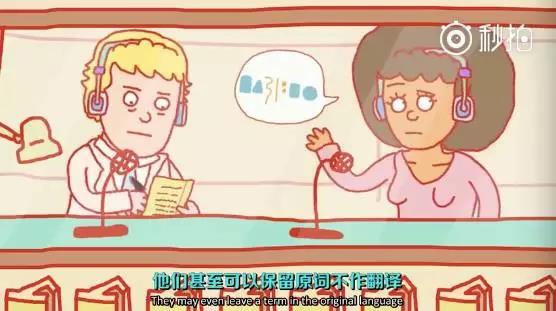
Interpreters are also skilled at keeping aplomb in face of chaos. Remember, they have no control over who is going to say what, or how articulate the speaker will sound.
译员们还练就了泰山崩于顶而色不改的本领。要知道,译员无法控制哪位发言者会说出什么话,也无法控制发言者能否吐字清晰。

如此看来,想要成为一名出色的口译员,“套路”也是不能少的哦!除了专业技能过硬外,还要灵活应变,利用一切资源为自己的工作提供辅助。
口译员常常会遇到上百人,甚至上千人参会的大阵仗。为了保证翻译质量,更好地传达会议内容,译员们通常会做出怎样的前期准备呢?
To keep their emotions in check, they carefully prepare for an assignment, building glossaries in advance, reading voraciously about the subject matter, and reviewing previous talks on the topic.
为了能让自己保持镇定,译员们在接到任务后都会认真进行准备,提前熟悉词汇,阅读大量相关材料,回顾以往的相关发言。

不知各位小伙伴有没有在会议中近距离观察过“同传小黑屋”呢?通常情况下,“小黑屋”里都会有两名议员哦!这又是为什么呢?
Interpreters work in pairs. While one colleague is busy translating incoming speeches in the real time, the other gives support by locating documents, looking up words, and tracking down pertinent information.
译员通常两两结伴工作。一人实时翻译发言内容,另一人则负责提供支援,如查找文件、查阅单词、搜索相关信息等。
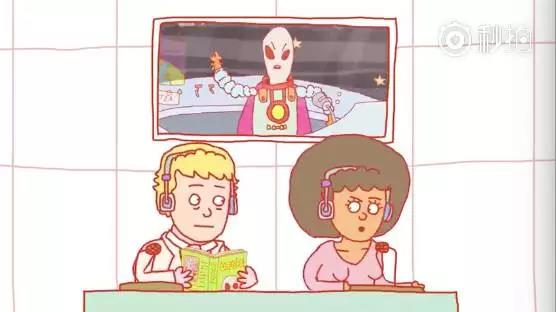
Because simultaneous interpretation requires intense concentration, every 30 minutes the pair switches roles.
由于同声传译要求精力高度集中,每三十分钟两位议员就会互换角色。
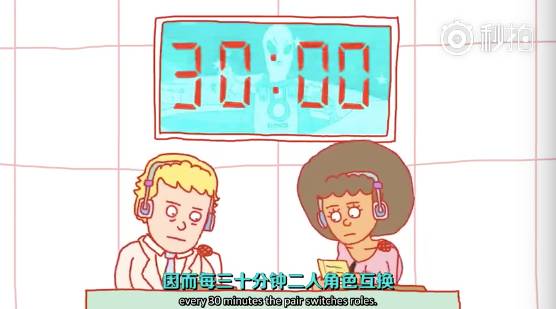
看来,不管做什么,合作精神都是不能缺少的呀!即使是身经百战的译员,也要靠和搭档的默契配合才能完成一场出色的大会翻译。
As Margret Atwood famously noted, war is what happens when language fails.
玛格丽特·阿特伍德有句名言:当语言交流失败后,战争将接踵而至。

参照视频开头赫鲁晓夫的例子,这句话的确不能算是耸人听闻。而译者要做的就是,努力不让语言交流失败,不让玛格丽特一语成谶。立志成为同传的小伙伴们,加油哦。
(本文转自“译匠”公众号,已获授权)




